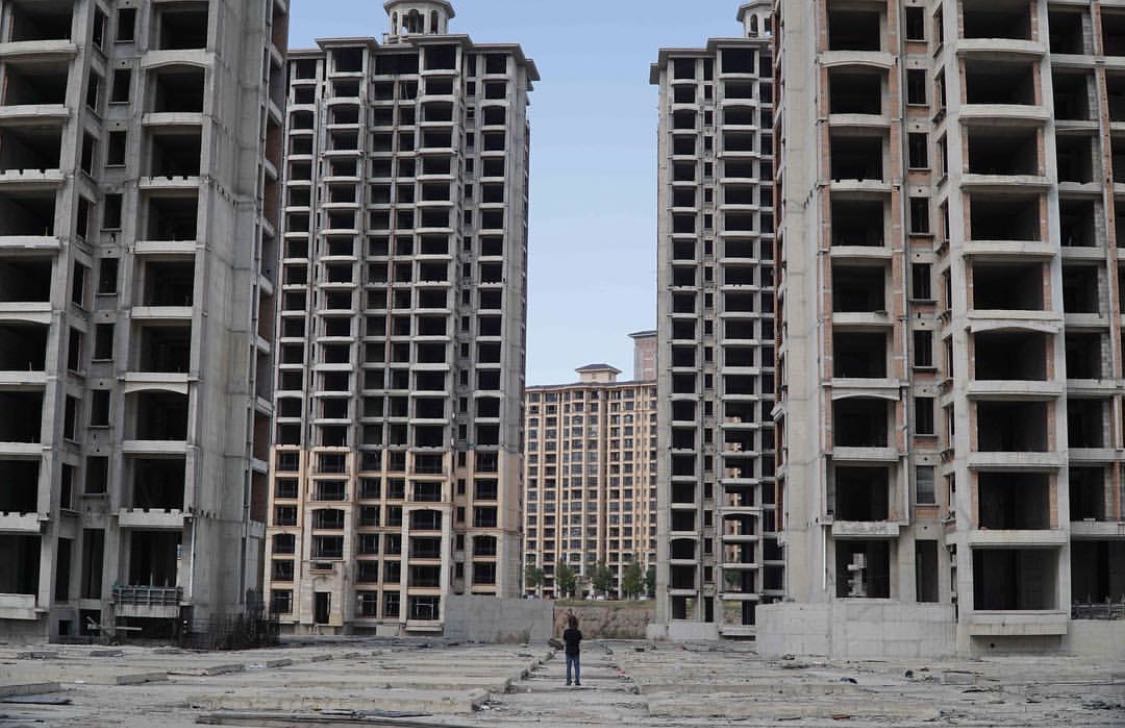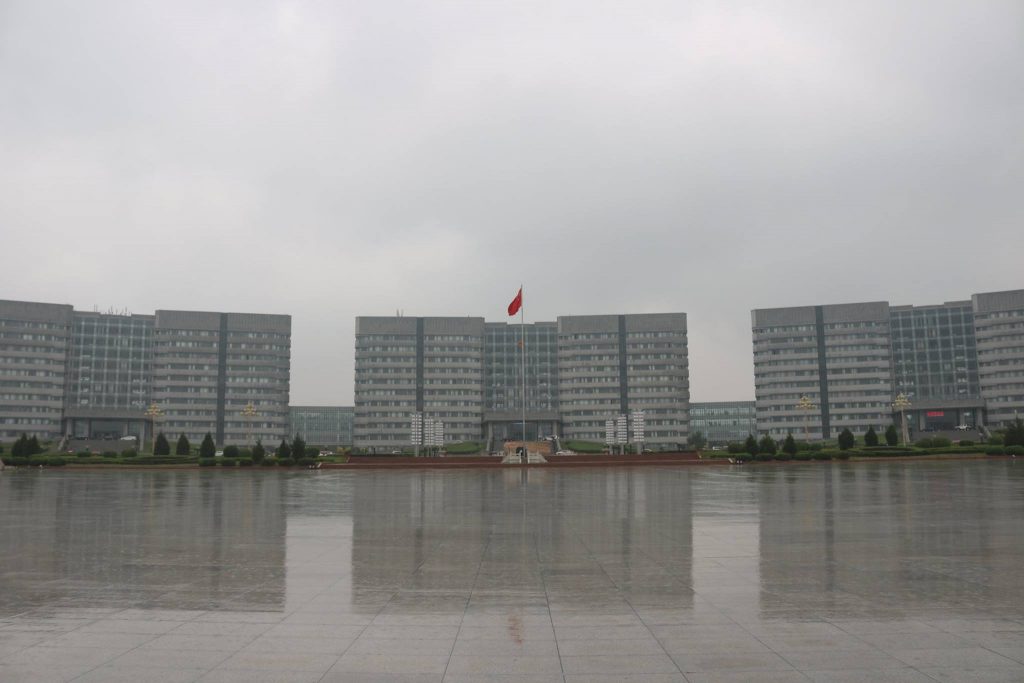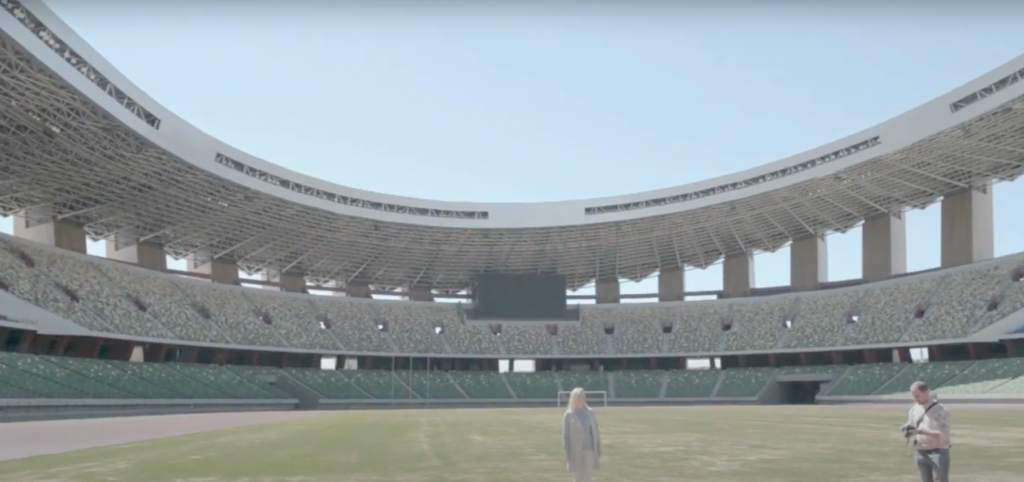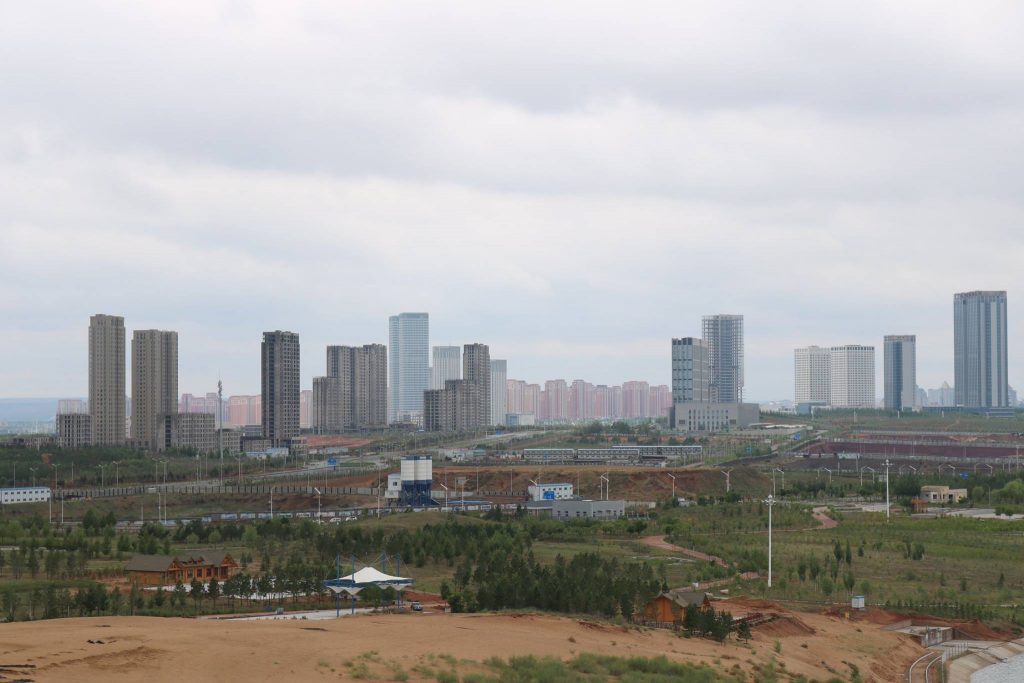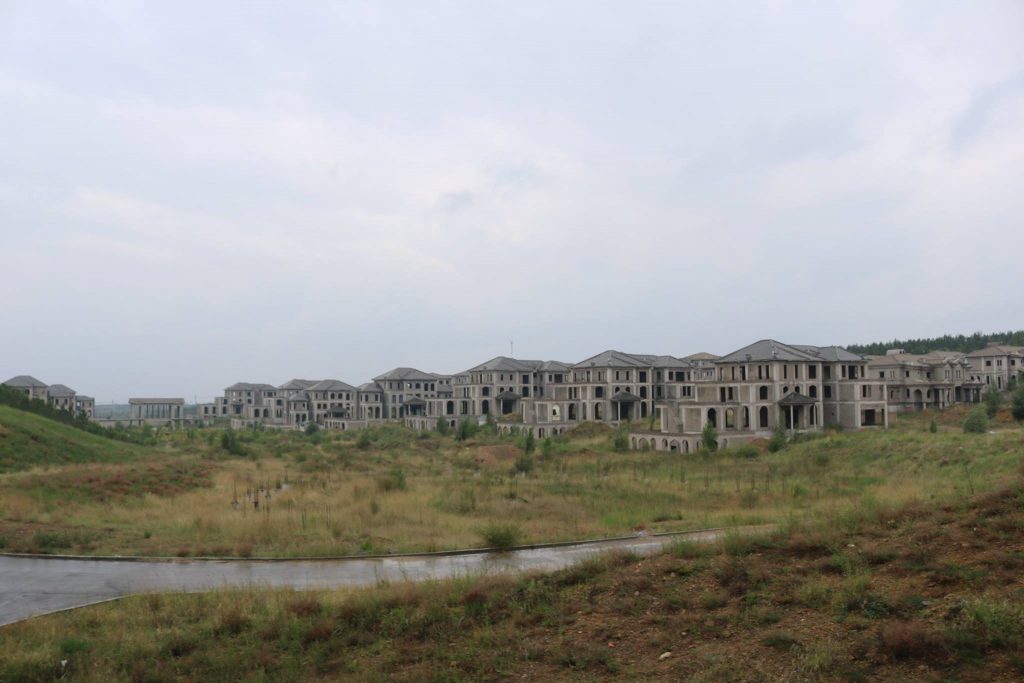Deep in the heart of the Chinese province of Inner Mongolia, a 1.5-hour flight from Beijing is the city of Ordos.
Located where the Mongolian grasslands steppe hits the Gobi Desert in northwest China, the area was where Genghis Khan spent his retirement surrounded by nature, or so the story goes.
In the 1990s Ordos became one of China’s wealthiest cities, having become rich from a mining boom and the plentiful untapped coal and oil resources of the area. The municipal government then decided to build a “new district,” named Kangbashi, 25km to the south of Ordos main city.
From the early 2000s in under a decade, a brand-new city was constructed on the empty grasslands south of the city, complete with skyscrapers a-plenty and everything you can imagine a nice, modern city to have.
Except people.
Kangbashi was built to house one million people, but fewer than 100,000 have moved in. What’s more, having more money than sense, the urban planners constructed the city to feel “as big as Beijing,” with wide boulevards and a vast public square, meaning that it can take an age to walk from A to B.
This is then the ghost town par excellence of China’s GDP construction boom of the last few decades. And here are the top 5 crazy schemes to check out in Kangbashi, Ordos:
5) Ordos Mosque – for the city with no Muslims
China’s Muslim population, especially concentrated in the northwest, is generally not well-known. But the Uygurs and other Xinjiang minorities as well as the biggest Muslim population the Hui, centred in Ningxia province but spread all over China, make up a fairly large chunk of China’s population.
In Ordos, they built a mosque to be run by the one resident Muslim family, thinking visitors may need space to worship and that Muslims could be attracted to move to the area. At the last count, this has not happened.
The local family, led by the Imam Mr Ma, are a congenial bunch though and welcome visitors. On one visit, he asked me which religion I follow and when I said none, he replied, “that’s a shame; you should at least be a Christian!”
4) Ordos Museum and Library
These architectural wonders built on the sides of the main square leading down from the huge Genghis Khan and Mongolian horse statues are classic Ordos. The museum was built to resemble a kind of Mongolian hat but ends up looking more like a squashed flying saucer that just crash-landed while the library is built to look like three books on a shelf.
3) Ordos Stadium
One way Ordos has sought to increase its exposure is by holding big events, from political meetings to the 2012 Miss World! It also held the Chinese 10th National Traditional Games of Ethnic Minorities in 2015.
For these mini Olympics, they built a brand new stadium, gymnasium and swimming pool all in the same complex near the highway that links Ordos to Kangbashi new district. They are state of the art, and the stadium rivals the Bird’s Nest in Beijing. The swimming pool is an Olympic standard with a diving board where China’s Olympic swimmers and divers train.
But after the games, the stadium has sat almost continuously unused. And the athletes village just to the north is a zone of empty skyscrapers, which is great to explore!
2) Ordos 100
Before he became persona non grata to Chinese officialdom and darling of the western liberal elite, the artist Ai Weiwei designed Ordos 100. Involving 100 hundred architects from 27 countries, the plan was to each design a 1000 square foot villa to create a new artist community.
You can probably guess what happened. About 20% of the way through, they gave up, and now the area remains derelict and empty, with the shells of half a dozen of these villas open to urban explorers!
1.) Ordos Mansion Projects
As well as the skyscrapers throughout the city, there were various mansion complexes under construction to house the mega-rich and Ordos does not lack people who are mega-rich.
Investors got together, and everything was designed with plans, some mansions were sold, giving the capital to start building, but about halfway through, the money ran out, and the property developers scarpered.
Now the mansions exist half-built, empty shells which you can walk inside and up to the roof to enjoy the view on the various balconies, marvel at the empty lift shaft and underground private car park, and imagine what it would have been like living in a mansion surrounded by the Mongolian steppe in a community of 500 mega-rich families.
Alas, these people mostly invested in property in Beijing, Shanghai and Hong Kong instead.
Ordos is a tourist’s curio, a filmmaker’s apocalyptic adventure, an architect or urban planning student’s potential thesis to piss on all your classmates and an urbex enthusiast’s wet dream!
